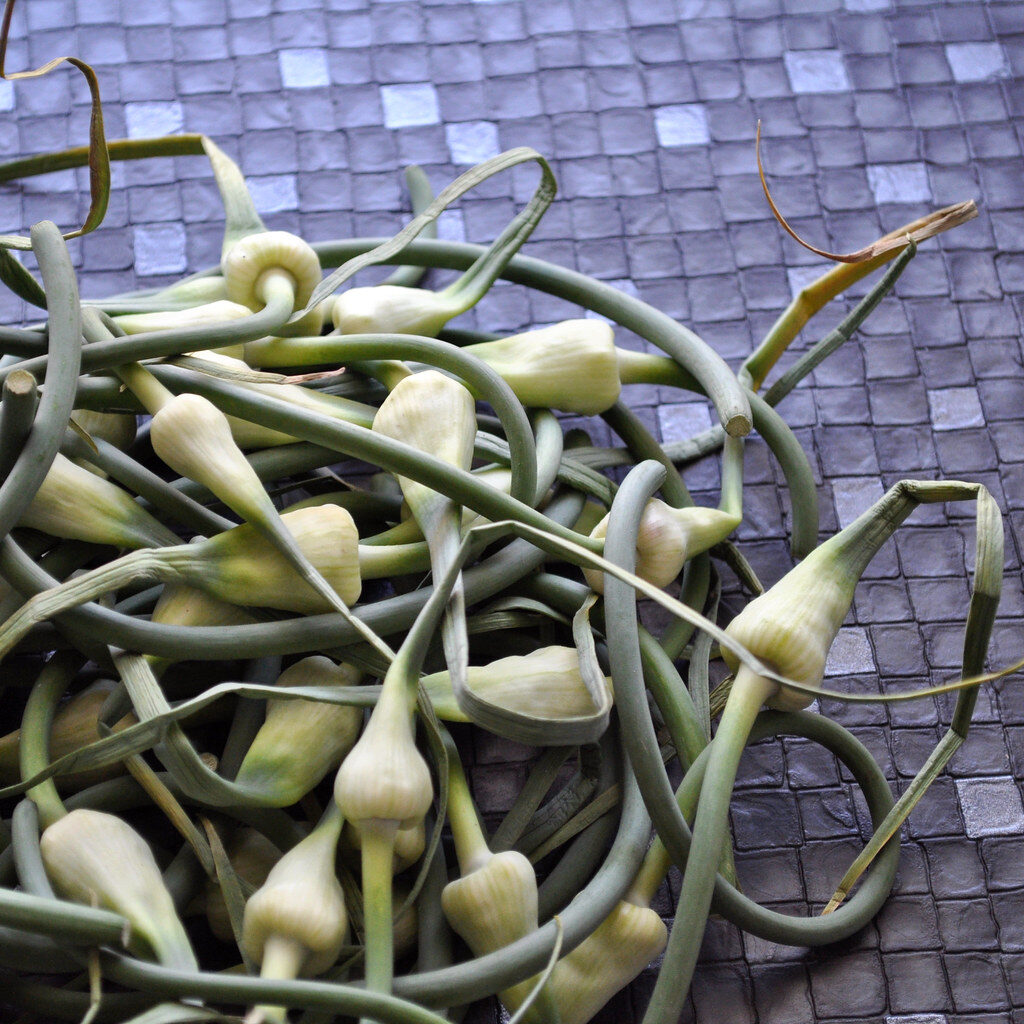
The Garlic is Harvested – Now What?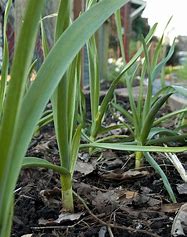
It’s early August and you’ve harvested your garlic. You won’t plant next year’s crop until October. Why let the bed sit empty? With some thoughtful succession planning, and a little math, you can get an extra crop… but what to plant?
Frost in Middlesex County
Our first frost in Middlesex County, Ontario (Zone 5a) is usually during the first two weeks of October, although a killing frost usually doesn’t occur until later that month. This means that your crop will have about 60-80 days to mature, in declining sunlight with cooler temperatures. Sounds daunting, but fortunately, you still have a number of options to consider!
What to Plant
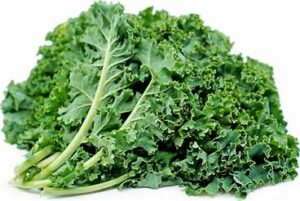
The most common vegetables to plant directly in the soil after garlic are carrots, kale, beets, spinach, and (some) brassicas. These plants tolerate frost, which extends the time they have to grow.
There are such exciting new varieties of these vegetables that it’s a wonderful opportunity to experiment with plants you’ve never tried before.
In addition to the length of time it takes a plant to mature and bear fruit, you will need to also consider the temperature required for seeds to germinate. For example, lettuces will grow within the time available, but as vegetables that prefer cooler temperature (germination between 15-23 degrees Celsius), seeds may not germinate easily in hot August weather.
You can also extend the time you have, and the crops that will grow in that time, by planting seeds in pots in June and moving them into the vacant bed when the garlic is harvested.
Once your harvest your crop in October you can replant garlic for next season, although it is a good practice to rotate your garlic to different locations every 3 or 4 years to avoid diseases and pests that can affect other plants, notably legumes.
What I Planted This Year
My original plan had been to sow more lettuce.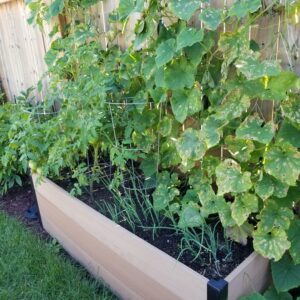 While it is a fast growing plant, lettuce prefers direct sowing. I was concerned that our hot summer would overwhelm the cool-weather crop and germination might be an issue.
While it is a fast growing plant, lettuce prefers direct sowing. I was concerned that our hot summer would overwhelm the cool-weather crop and germination might be an issue.
Happenstance solved my problem. My farm-sourced compost yielded a variety of tomato plant “volunteers” that I was able to successfully transplant into my empty garlic bed. As well, our local grocery store was giving away unsold seeds, so I picked up a box of scallion bulbs, which are doing nicely. For the fun of it, I did plant some lettuce seeds. I think they fed the birds.
Fill That Empty Garlic Bed!
That is the wonder and joy of gardening. Every year we can experiment and try something new. If it doesn’t work…there’s always next year. But there is no reason to leave that garlic bed empty!
Wondering How to Store the Garlic You’ve Harvested?
Check Your Stored Garlic – London Middlesex Master Gardeners
References:
Ontario Ministry of Agriculture, Food and Rural Affairs. Planting Recommendations for Vegetables.


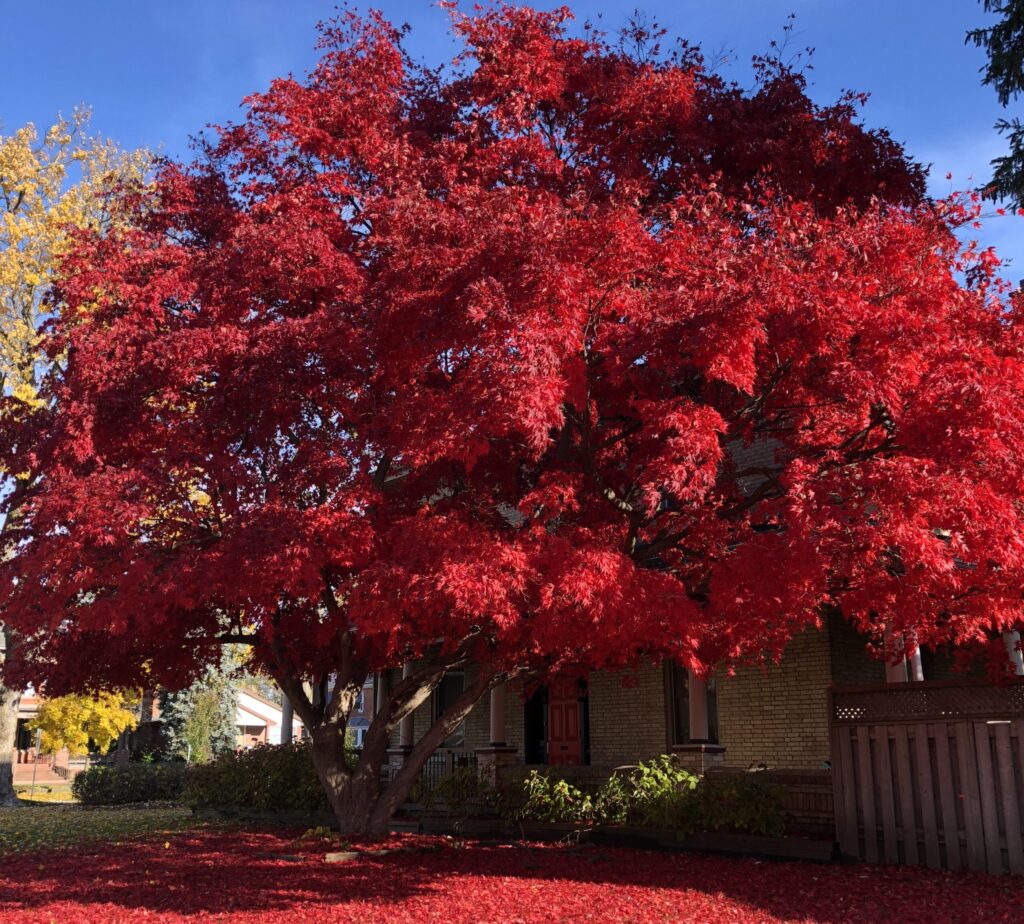
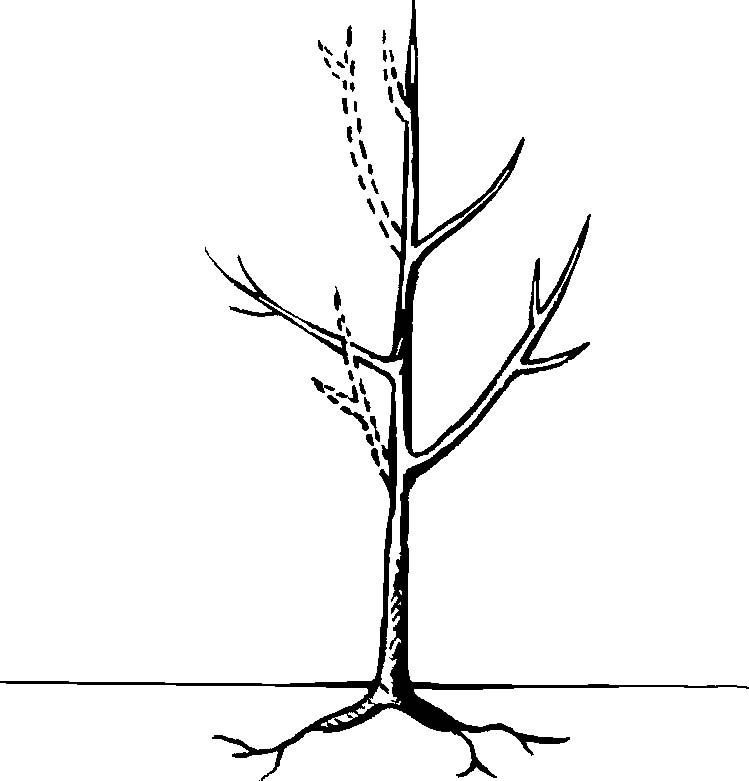
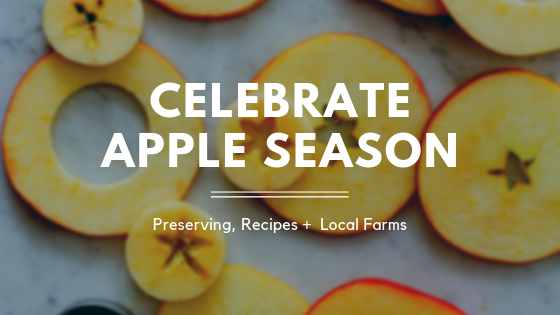
About The Author: Sherree Mahood
Sherree has been an enthusiastic gardener for over 40 years. Her gardens have been in shade, sun, clay, sand, and everything in between. In her current garden, she is focused on creating a small space lifestyle garden that attracts a wide variety of birds, butterflies, and moths.
More posts by Sherree Mahood